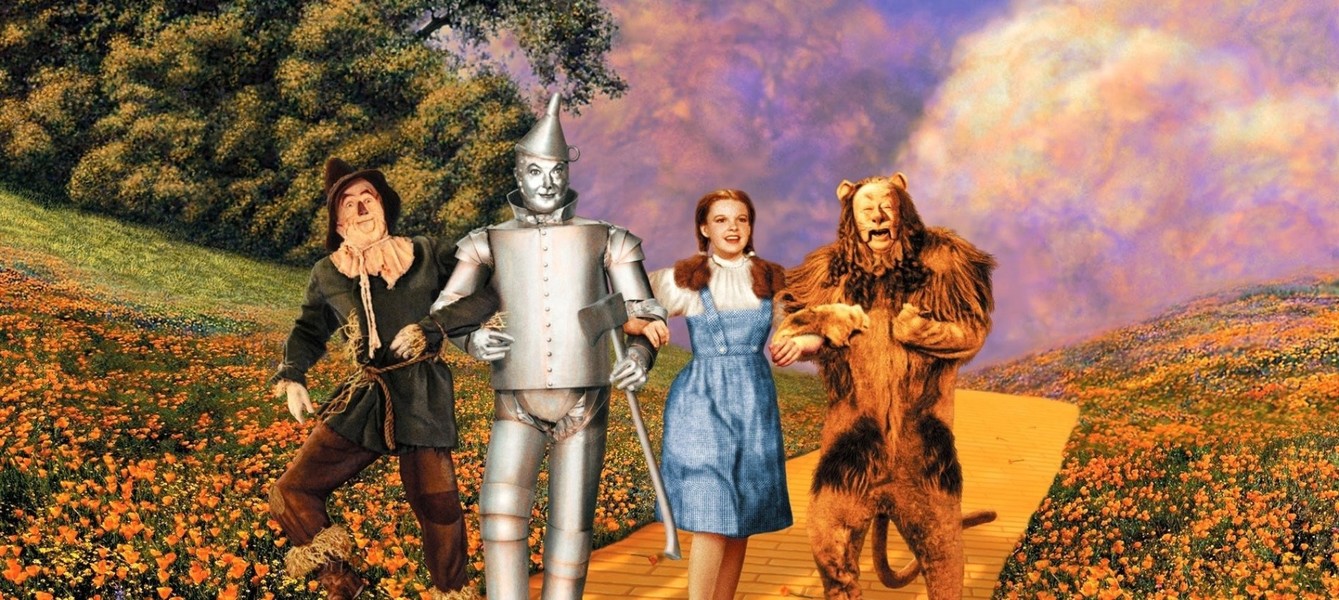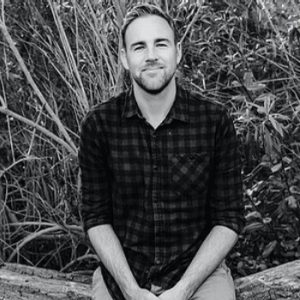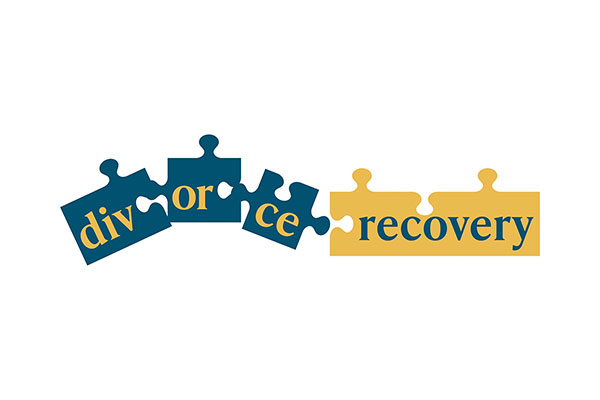An Excerpt from Even a Stone Can Be a Teacher
by Sheldon Kopp
(Edited and Published by Dr. Mitch Keil)
In the original story, Dorothy, the young heroine, is an orphan who comes to live with her foster parents, Aunt Em and Uncle Henry. Their home is dull and gray, as is everything else in the sunbaked, unyielding land of Kansas, USA. Aunt Em is described as an unsmiling, sober woman, thin and gaunt, who was so startled by Dorothy’s laughter that it caused her to scream and clutch her heart. Uncle Henry is a man who never laughed, looked stern and solemn, and rarely spoke. It was only Dorothy’s dog, Toto, and her good heart that made her laugh and saved her from growing as gray as her surroundings.
The Cyclone and the Crisis
Early in the story, Dorothy is separated from her foster family and the familiar misery of home by a cyclone. The storm whisks her and Toto, along with their house, away from the plains of Kansas to the bewildering land of Oz. This crisis—being uprooted and flooded with fantasy—leads Dorothy to seek help from the Wizard of Oz in his great palace in Emerald City. Her house, it seems, landed on the Wicked Witch of the East and killed her. Dorothy insists this was no fault of hers; in fact, Aunt Em had told her there were no witches at all.
The Good Witch of the North, a kind and maternal figure, helps Dorothy by giving her the ruby slippers of the dead witch and refers her to the Wizard for help with her problems.
Seeking Help in the Midst of Crisis
Like many patients, Dorothy seeks treatment not from a long perspective on her unhappy family life, but from the crisis that separates her from her family and usual ways of coping. Often, it is not chronic unhappiness but present confusion and distress that lead people to therapy. Dorothy wants only to return home to the safety of her unsatisfactory family life rather than endure the uncertainty of her new world. She prefers the security of misery to the misery of insecurity.
Companions on the Journey
On her way to Emerald City, Dorothy meets other distressed creatures who need help but don’t realize therapy is available until they meet her. These are the Scarecrow, the Tin Woodman, and the Cowardly Lion.
-
The Scarecrow believes he has no brains at all. Found perched on a stick in a cornfield, harassed by crows, he represents the inadequate man who acts foolishly, convinced that his foolishness is not his fault but due to lacking competence. Others must protect him from harm because he is stuffed with straw.
-
The Tin Woodman stands rusted in the woods, unable to move. Though polite, he believes he has no heart. Once flesh and blood, he was replaced gradually with tin parts after many hurts—except for the heart. He is dependent on others to oil him and keep him functioning, hoping that someone will help him care genuinely about others.
-
The Cowardly Lion startles them with mock ferocity but quickly reveals his true nature—a big coward. Though he has brains, heart, and home, he lacks courage. He roars to scare others but is afraid to risk himself when challenged. He pleads with Dorothy not to frighten him further.
Individual Desires and Mutual Disclosures
Despite their mutual disclosures, each remains self-centered:
-
The Scarecrow wants brains rather than a heart, believing a fool would not know how to use a heart.
-
The Tin Woodman wants a heart, believing happiness is the best thing in the world.
-
The Cowardly Lion values courage above all.
-
Dorothy only wishes to return home, caring little for the others’ desires.
Meeting the Wizard
Upon arriving at Emerald City, each has a unique impression of the Wizard—ranging from a winged lady on a throne to a terrifying monster. Each approaches him as a frightened, helpless patient entitled to special help simply because he seems strong and adequate. But the Wizard, like many therapists, has his own needs and demands something in return.
The Wizard assigns them the task of killing the Wicked Witch of the West. They wish the Wizard would destroy the bad mother figure for them, but no matter how powerful he seems, he cannot do what they must do themselves. He offers no instructions, forcing them to take responsibility.
Each initially tries to avoid the task:
-
Dorothy hesitates to be forceful deliberately.
-
The Scarecrow doubts his ability due to foolishness.
-
The Tin Woodman feels heartless.
-
The Cowardly Lion is fearful.
Growth Through the Quest
Despite reluctance, they set off. Along the way, they become genuinely concerned for each other: the Scarecrow makes wise decisions, the Tin Woodman acts loyally, and the Cowardly Lion shows bravery. Dorothy learns to rejoice in their successes even when she fears she may never achieve her own.
This assignment by the Wizard teaches by indirection. Like psychotherapy, it requires moving beyond self-pity and magical solutions to engage with real work and relationships.
Therapy’s Deeper Lessons
In therapy, focus may shift from past history to present group process, and from self-centered demands to involvement with others. Through this, the patient experiences others as real, meaningful people, which opens a path to meaning in their own life.
The Illusion of the Wizard
After accomplishing what they believed impossible—slaying the witch—they return for their rewards. They discover the Wizard is no wizard at all, but a common man, a humbug with problems of his own.
Disillusioned, Dorothy says, “I think you are a very bad man.”
He replies, “Oh no, my dear, I’m a very good man, though a very bad Wizard.”
Realizing Inner Strength
The Wizard helps them recognize the truths they had already reached:
-
The Scarecrow did not lack brains but avoided experiences that yield knowledge.
-
The Tin Woodman did not lack a heart but the willingness to endure unhappiness.
-
The Cowardly Lion needed confidence to face danger despite fear.
-
Dorothy learns she had the power all along to go home by using the ruby slippers—symbolizing the power to change her life if she takes responsibility for it.
These simple insights could not have been accepted at the outset; they require the patient to stop demanding solutions from a powerful external figure and instead engage authentically with others.
Timeless Wisdom
Baum revitalized lessons that must be learned repeatedly:
-
Wisdom involves risking being wrong or foolish.
-
Love and tenderness require willingness to bear unhappiness.
-
Courage is confidence to face danger despite fear.
-
Freedom and power come from recognizing their existence and facing their consequences.
We find ourselves only when willing to risk losing ourselves to another, to the moment, or to a quest. Love is the bridge.





